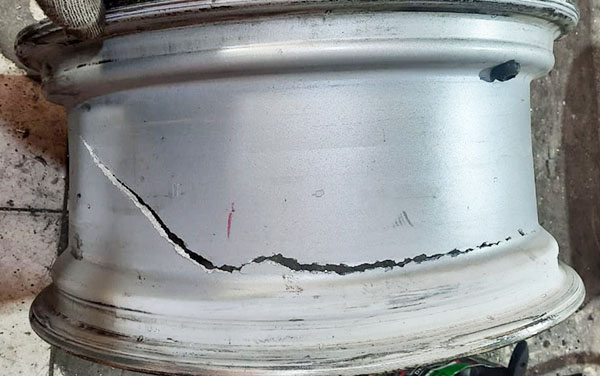Rim welding involves the fusion of metals to repair or customize vehicle rims. Key points include:
- Welding Techniques:
- Common techniques include Tungsten Inert Gas (TIG) or Metal Inert Gas (MIG) welding, chosen based on the type of rim material.
- Material Compatibility:
- Matching the welding method and filler material to the rim’s composition, often aluminum or steel, is crucial for a durable weld.
- Repair and Customization:
- Welding is employed to repair damage, such as cracks or bends, and for customizing rims to meet specific design preferences.
- Preparation:
- Proper cleaning and surface preparation are essential to ensure the quality and strength of the weld, addressing any oxidation or contaminants.
- Heat Management:
- Controlling heat input is critical to prevent warping or other distortions in the rim during the welding process.
- Quality Assurance:
- Thorough inspection and, if needed, non-destructive testing ensure the structural integrity and safety of the welded rims.
- Professional Expertise:
- Rim welding often requires the skills of experienced welders familiar with the intricacies of working with automotive alloys.
Rim welding plays a crucial role in extending the lifespan of rims and allows for creative customization to meet individual preferences. Attention to material compatibility, precision welding techniques, and thorough quality checks contribute to successful and reliable rim welding outcomes.


